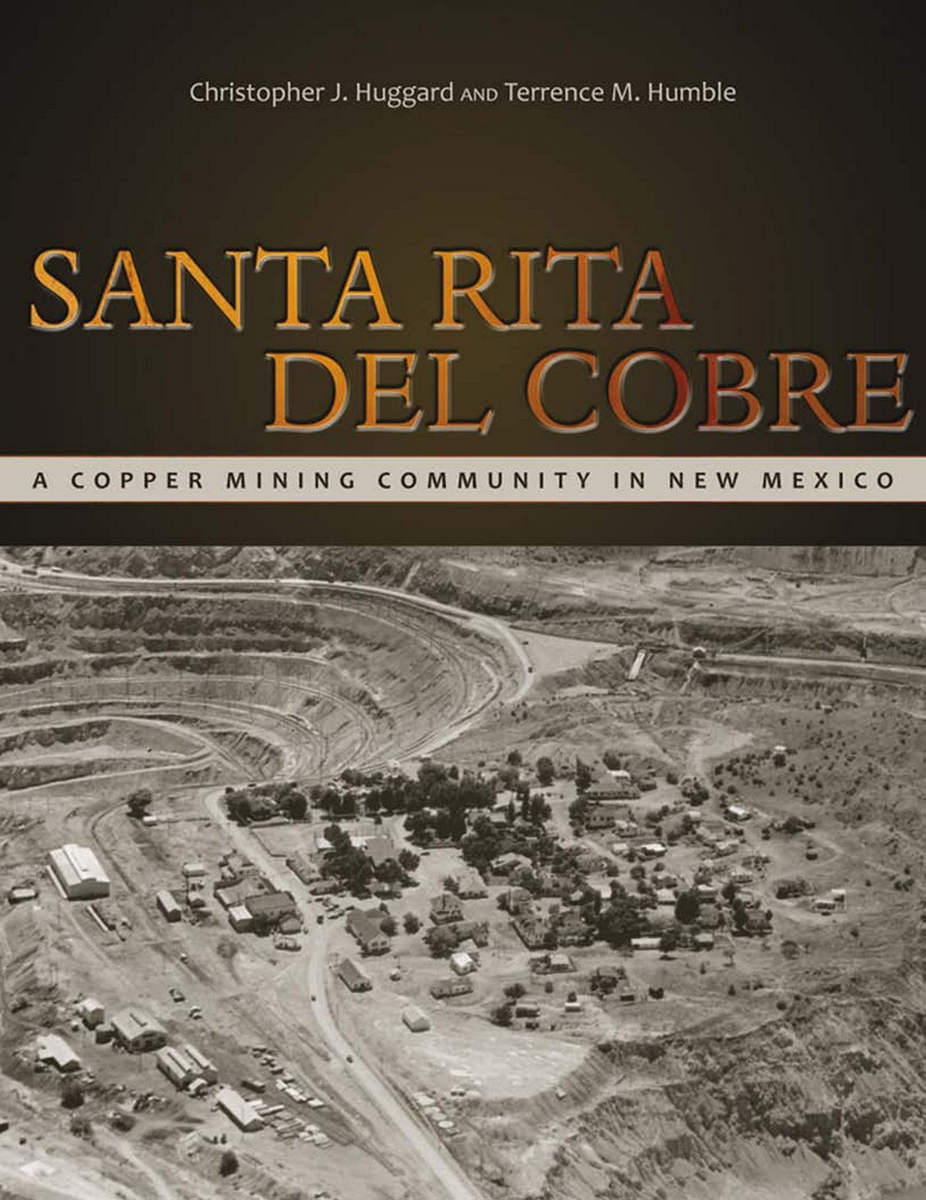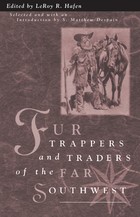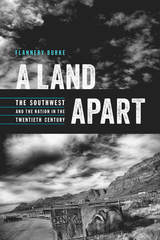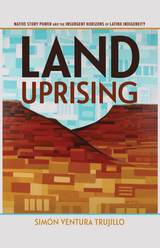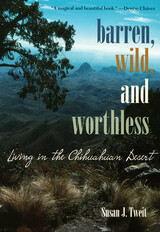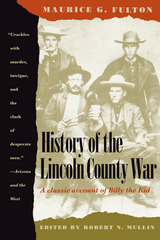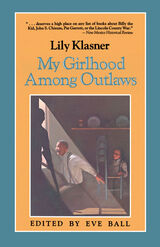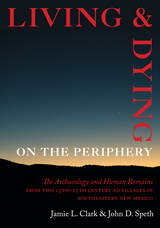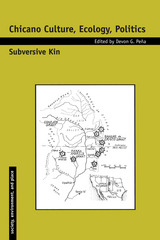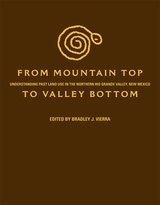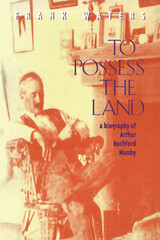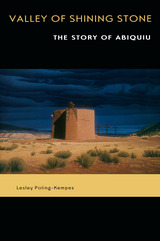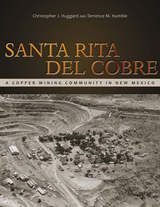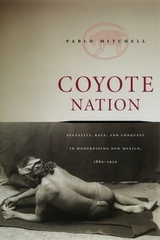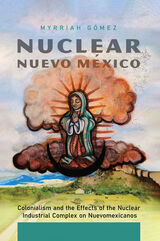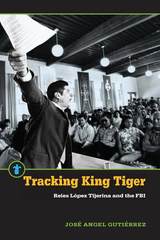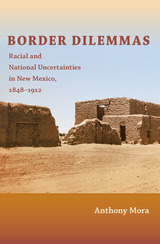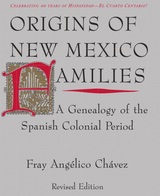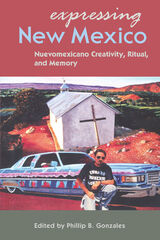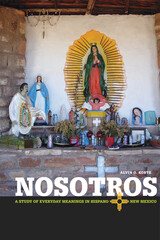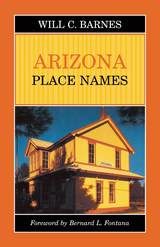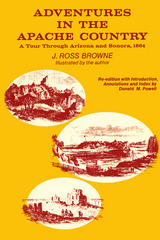Santa Rita del Cobre: A Copper Mining Community in New Mexico
University Press of Colorado, 2012
Paper: 978-1-60732-249-8 | eISBN: 978-1-60732-153-8 | Cloth: 978-1-60732-152-1
Library of Congress Classification F804.S33H84 2011
Dewey Decimal Classification 978.9692
Paper: 978-1-60732-249-8 | eISBN: 978-1-60732-153-8 | Cloth: 978-1-60732-152-1
Library of Congress Classification F804.S33H84 2011
Dewey Decimal Classification 978.9692
ABOUT THIS BOOK | AUTHOR BIOGRAPHY | REVIEWS | TOC | REQUEST ACCESSIBLE FILE
ABOUT THIS BOOK
The Spanish, Mexicans, and Americans, successively, mined copper for more than 200 years in Santa Rita, New Mexico. Starting in 1799 after an Apache man led the Spanish to the native copper deposits, miners at the site followed industry developments in the nineteenth century to create a network of underground mines. In the early twentieth century these works became part of the Chino Copper Company's open-pit mining operations-operations that would overtake Santa Rita by 1970. In Santa Rita del Cobre, Huggard and Humble detail these developments with in-depth explanations of mining technology, and describe the effects on and consequences for the workers, the community, and the natural environment. Originally known as El Cobre, the mining-military camp of Santa Rita del Cobre ultimately became the company town of Santa Rita, which after World War II evolved into an independent community. From the town's beginnings to its demise, its mixed-heritage inhabitants from Mexico and United States cultivated rich family, educational, religious, social, and labor traditions. Extensive archival photographs, many taken by officials of the Kennecott Copper Corporation, accompany the text, providing an important visual and historical record of a town swallowed up by the industry that created it.
See other books on: Copper mines and mining | Huggard, Christopher J. | New Mexico | State & Local | West (AK, CA, CO, HI, ID, MT, NV, UT, WY)
See other titles from University Press of Colorado
